NASAs JWT finds aligned bipolar jets supporting star formation theory
Friday, June 21, 2024
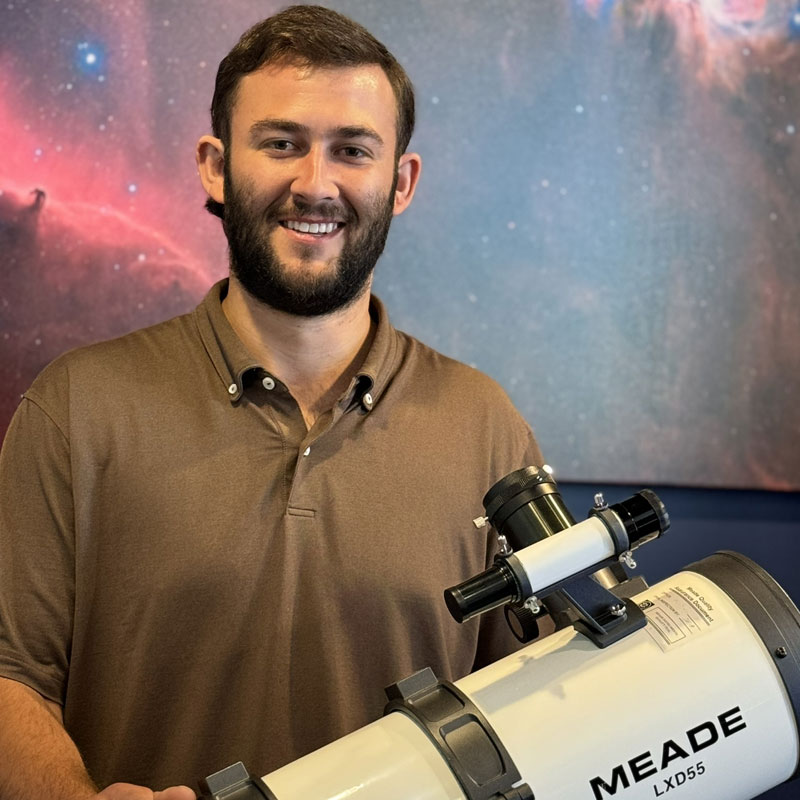
|
Freeman Lightner |
NASA's James Webb Space Telescope Near-Infrared Camera (NIRCam) has captured a groundbreaking image of the Serpens Nebula, revealing aligned protostellar outflows that offer new insights into star formation. This discovery, made possible by Webb's advanced capabilities, sheds light on the early stages of stellar development.
Some of the most significant and intriguing astronomical discoveries have been unexpected, even when studying well-known regions of the sky. Often, it's new technology or chance timing that leads to these discoveries. A recent study of the Serpens Nebula with NASA’s James Webb Space Telescope exemplifies this, showcasing both new technology and fortuitous timing.
NASA’s James Webb Space Telescope’s Near-Infrared Camera (NIRCam) reveals groundbreaking detection
In one part of the nebula, Webb has transformed what were once blurry blobs into clear protostellar outflows. To the researchers' surprise, these outflows are aligned, indicating a unique moment in this region's history and offering insights into the fundamentals of star formation.
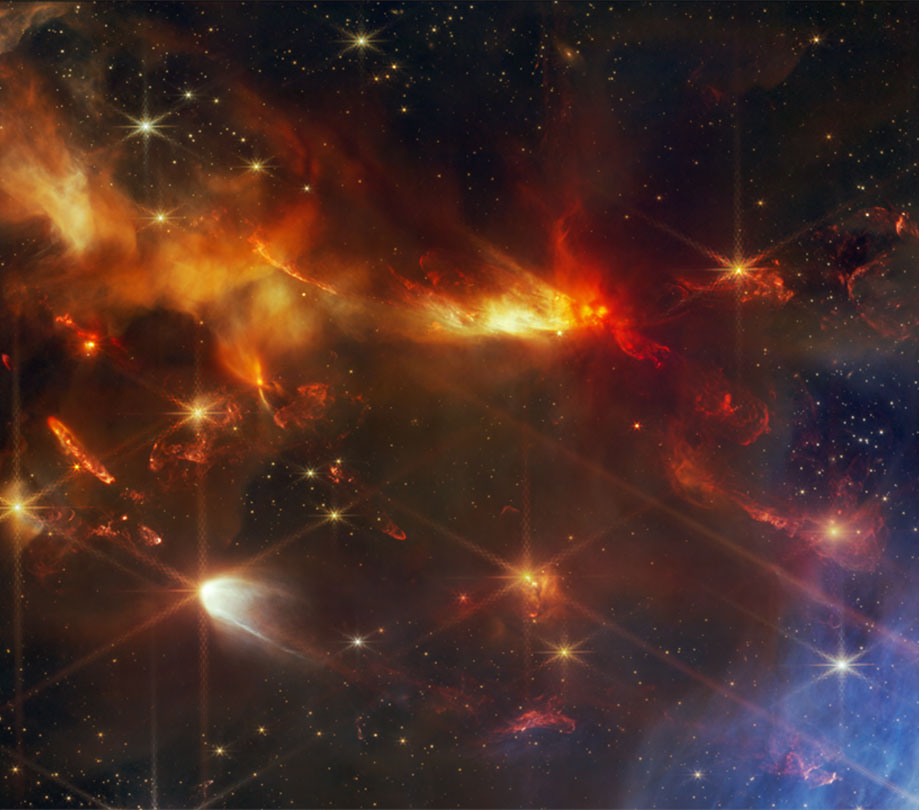
Serpens north aligned outflows crop NIRCam
A rectangular image displays a young star-forming region filled with wispy orange, red, and blue layers of gas and dust. The upper left corner features orange dust with several small red plumes of gas extending at the same angle. The center is dominated by blue gas with a bright star casting an hourglass shadow. To the right is an eye-shaped crevice with a star at its center, surrounded by darker orange gas. Bright points of light, characteristic of the Webb Telescope, are sprinkled across the field.
For the first time, NASA’s James Webb Space Telescope’s Near-Infrared Camera (NIRCam) has captured a phenomenon astronomers have long hoped to directly image. This remarkable image of the Serpens Nebula reveals an intriguing group of protostellar outflows in the northern area (upper left). These outflows, formed when jets of gas from newborn stars collide with nearby gas and dust at high speeds, typically have varied orientations. However, in this image, they are aligned like sleet during a storm, thanks to Webb’s exceptional spatial resolution and sensitivity in near-infrared wavelengths.
"This discovery provides fundamental insights into star formation. Aligned, elongated structures like these offer a historical record of how stars are born," said principal investigator Klaus Pontoppidan of NASA’s Jet Propulsion Laboratory.
As interstellar gas clouds collapse to form stars, they spin more rapidly. The gas can only continue moving inward if some of this spin (angular momentum) is removed, forming a disk around the young star. Swirling magnetic fields in the inner disk launch some material into twin jets that shoot outward in opposite directions, perpendicular to the disk. These jets, represented by bright red streaks in the Webb image, signify shockwaves from the jet hitting surrounding gas and dust, with the red color indicating the presence of molecular hydrogen and carbon monoxide.
"This area of the Serpens Nebula - Serpens North - becomes clear with Webb. We can now observe extremely young stars and their outflows, some previously invisible in optical wavelengths due to thick dust," said lead author Joel Green of the Space Telescope Science Institute.
Astronomers note that forces like binary stars spinning around each other and wobbling can shift the outflows' direction during a young star's life.
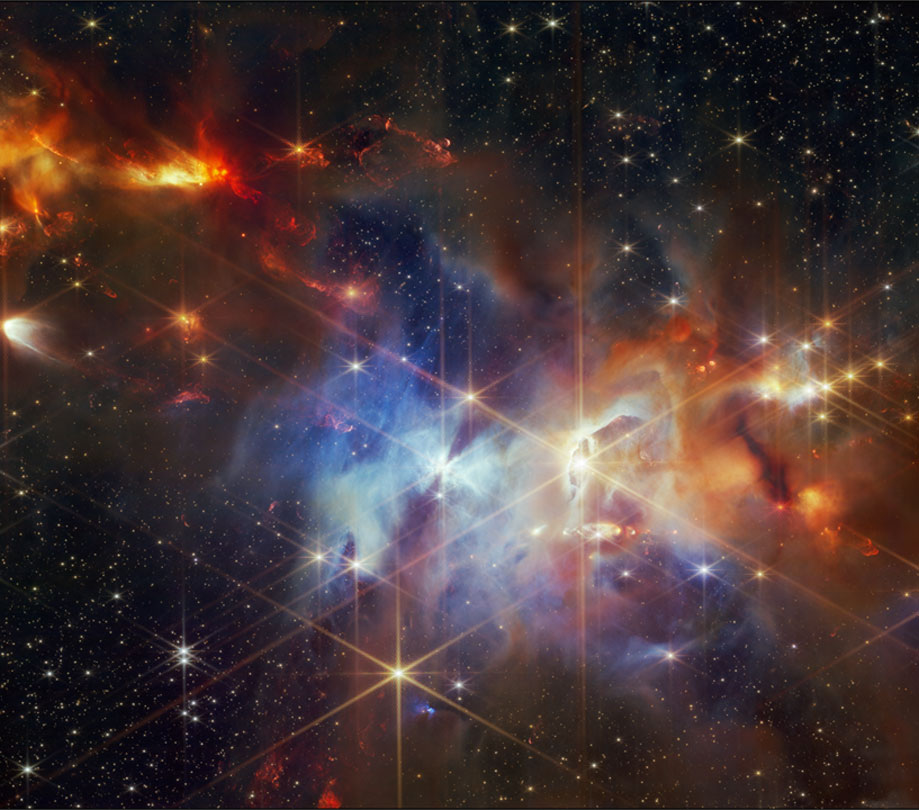
Serpens center crop NIRCam
The Serpens Nebula, located 1,300 light-years from Earth, is one or two million years old and hosts a dense cluster of newly forming stars (~100,000 years old), some of which will eventually match the Sun's mass.
"Webb is exceptional at identifying young stellar objects. This field captures every young star, down to the lowest mass stars," said Green.
The image shows filaments and wisps of different hues, representing reflected starlight from protostars within the cloud. Some areas show dust with an orange, diffuse shade in front of this reflection. This region has also been home to other discoveries, like the flapping "Bat Shadow," visible at the image's center.
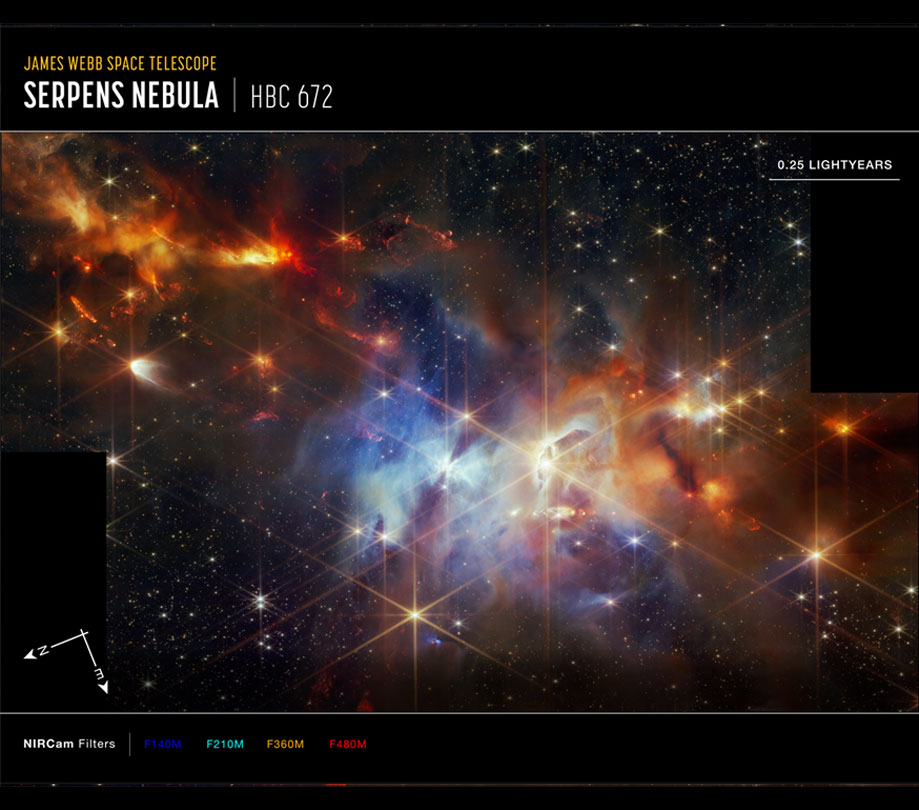
Serpens NIRCam Compass
This image and the aligned objects' discovery are the first steps in a broader scientific program. The team will use Webb’s Near-Infrared Spectrograph (NIRSpec) to investigate the cloud's chemical composition, focusing on volatile chemicals like water and carbon monoxide, which transition from solid to gas at low temperatures. Comparing these findings to similar stars' protoplanetary disks will enhance our understanding of the conditions during our solar system's formation.
"We are all made of matter from these volatiles. Understanding their abundance in protostars before protoplanetary disks form helps us comprehend the unique circumstances of our solar system’s formation," Pontoppidan said.
ScopeTrader's latest survey
Featured Stories

Stay Updated
Sign up for our newsletter for the headlines delivered to youSuccessFull SignUp

|
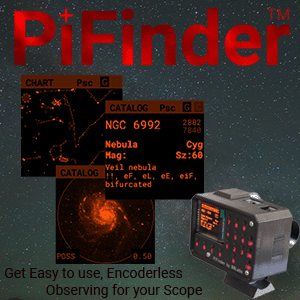


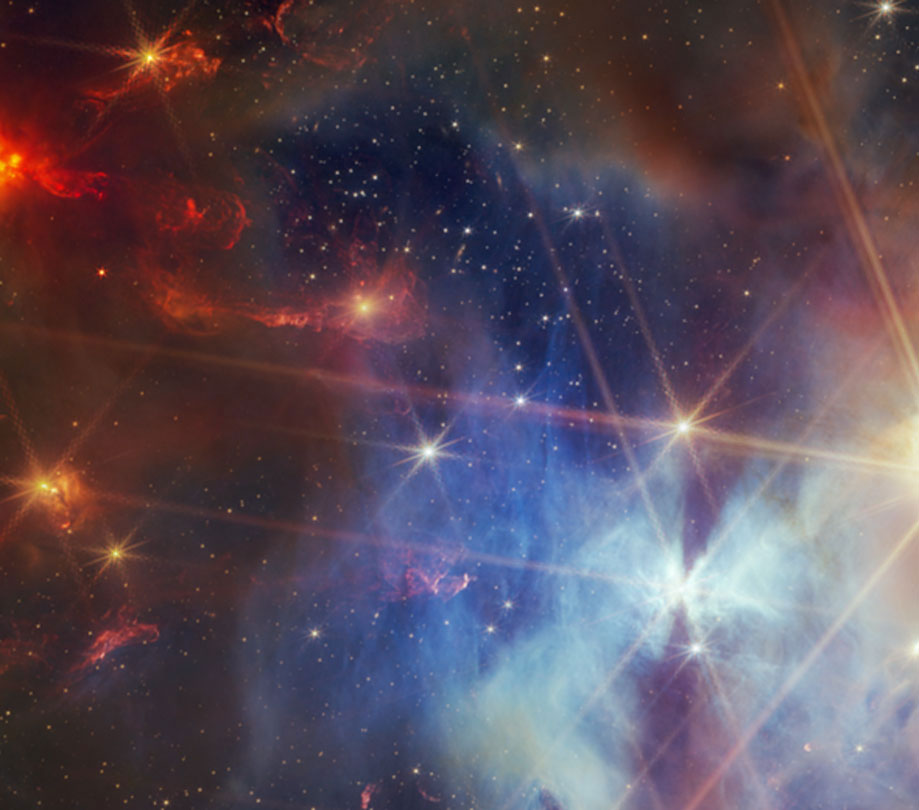

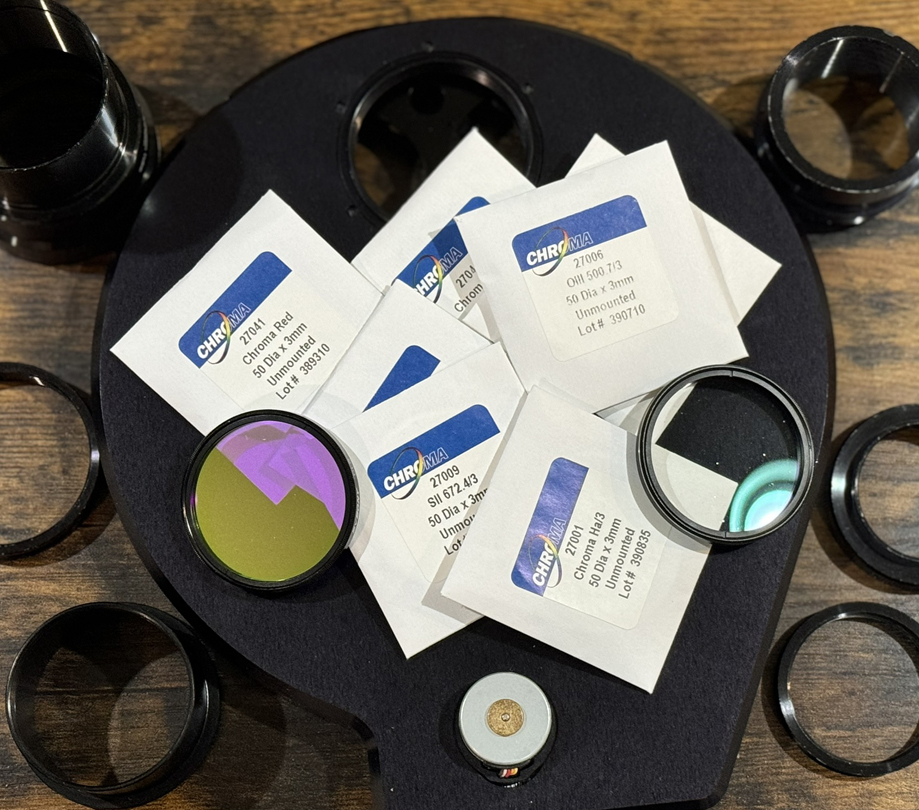
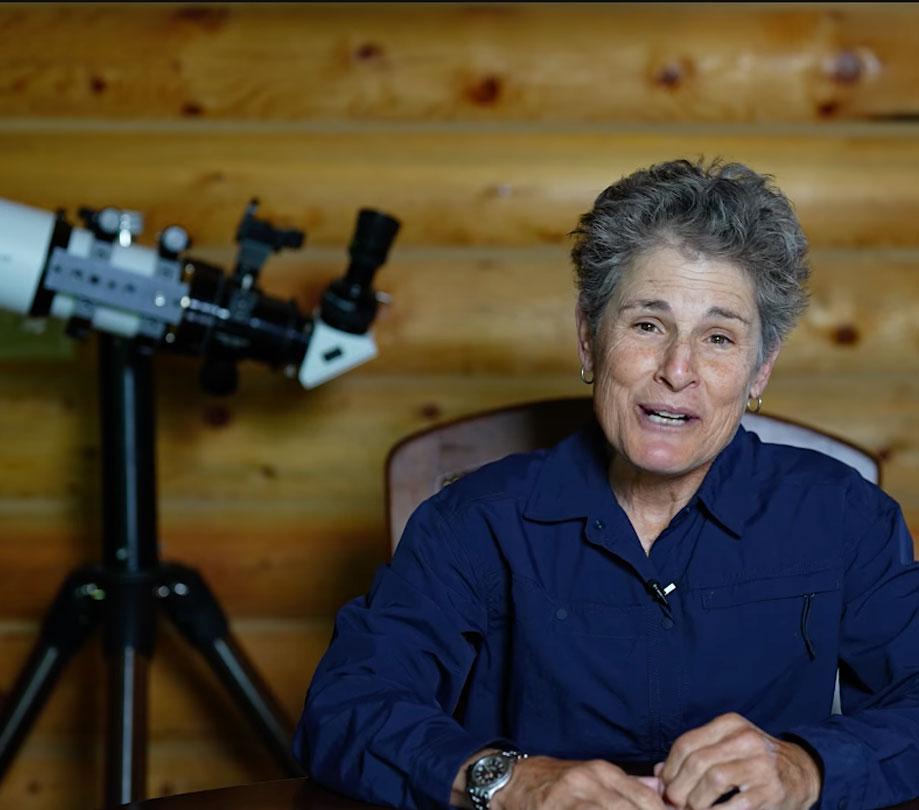

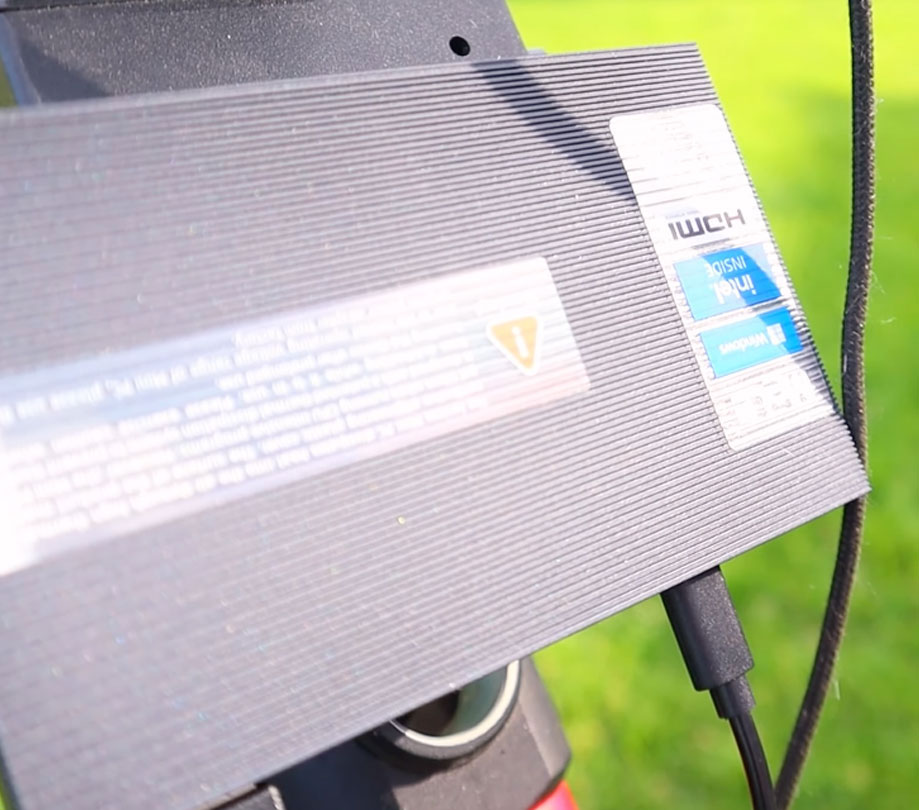
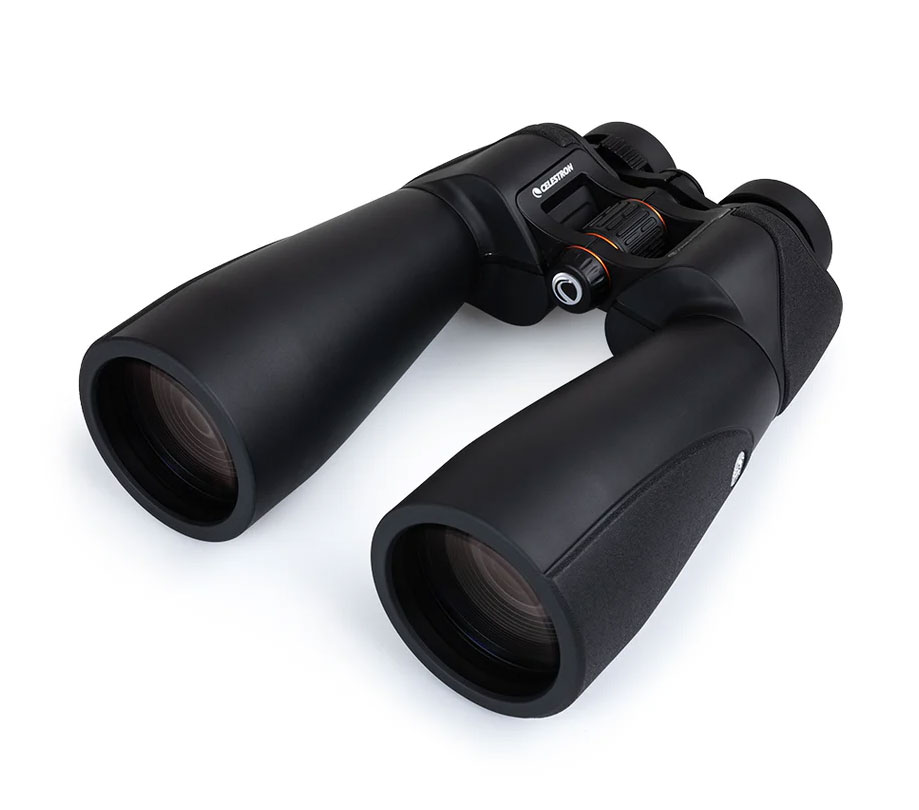
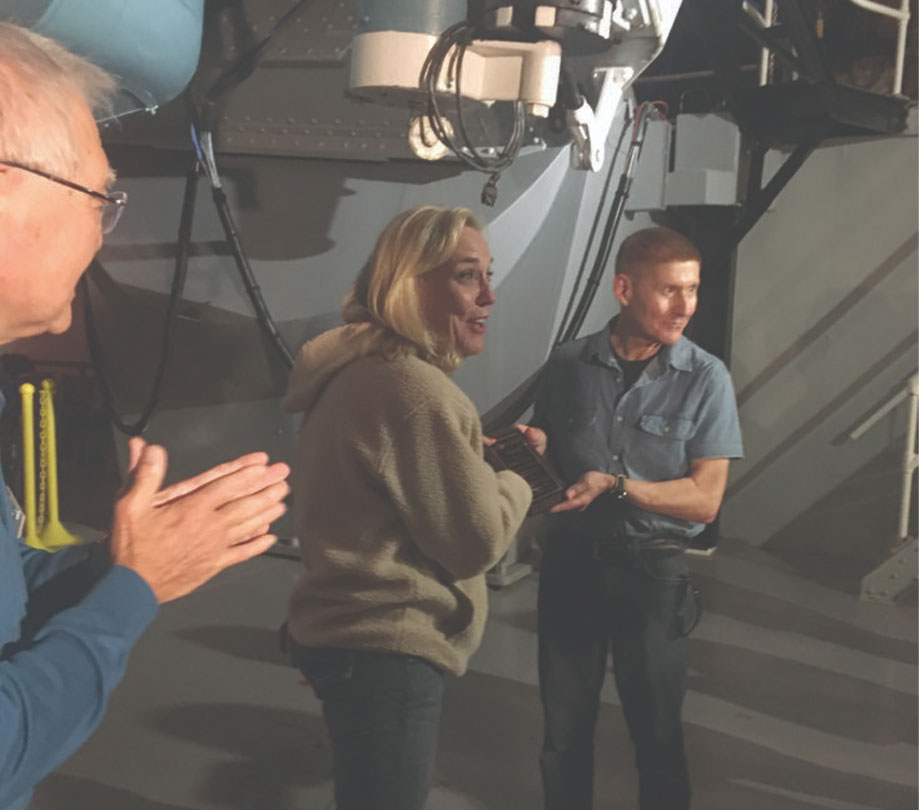

Comments